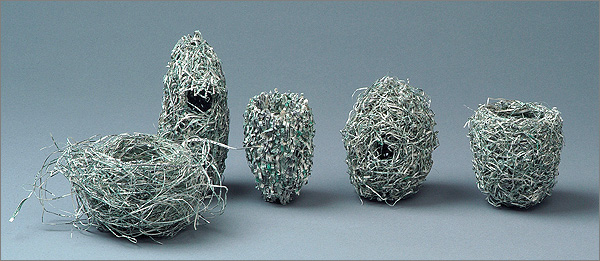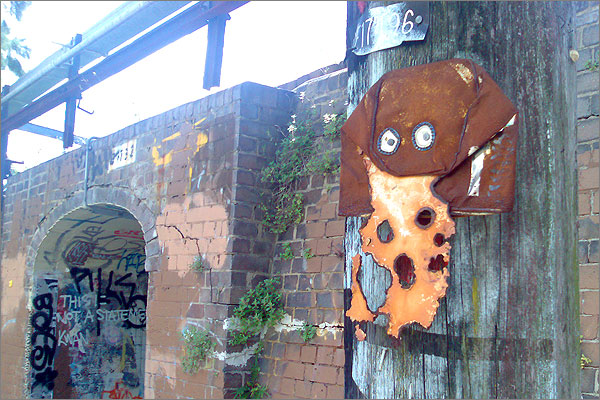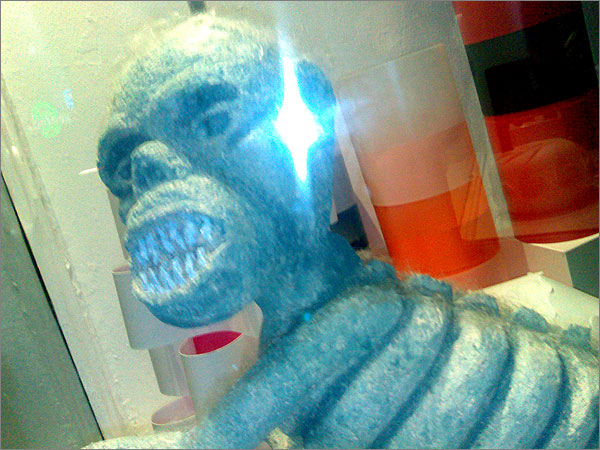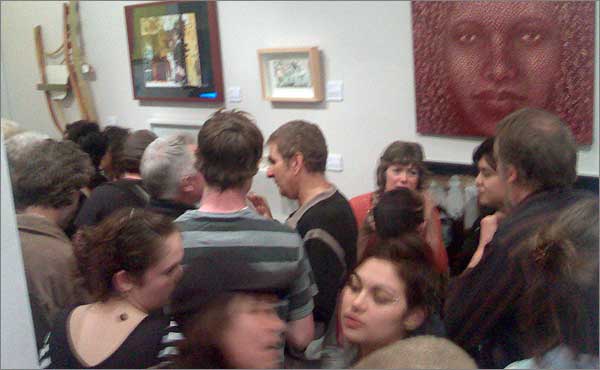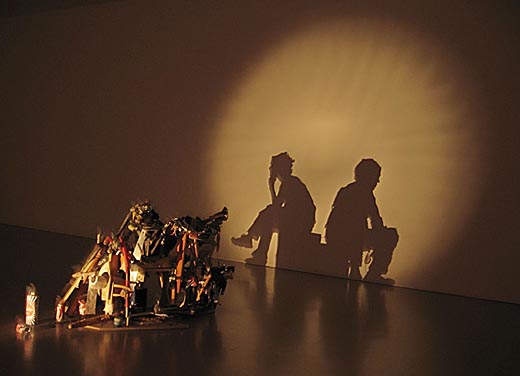Stilgherrian’s links for 29 May 2009 through 08 June 2009. Yes, another delayed posting which will give you plenty of Queen’s Birthday holiday reading.
- How Twitter Will Change the Way We Live | TIME: Yes, TIME magazine’s cover story is about Twitter. It starts extremely badly: that clichéd, lazy trope about people tweeting what they had for breakfast. Despite that inexcusable slackness, it’s a useful addition to the cornucopia of Twitter-based articles.
- 10 Things I would do differently | Still A Newspaperman: Written with the benefit of hindsight, a former newspaper journalist considers how he’d have handled running a metropolitan newspaper. He’s spot on in many ways.
- Can the EU play Battleships? | Global Dashboard: Is it time for Europe, as a united entity, to develop a naval strategy? The article’s illustration is also a remarkable example of period gender stereotyping.
- How IT Can Save Africa | SAP Network Blogs: While clunkily-written, this piece outlines why getting decent IT to Africa isn’t a “waste”, but in fact a core element of getting rid of poverty.
- How Twitter’s Staff Uses Twitter (And Why It Could Cause Problems) | ReadWriteWeb: It turns out that the staff of Twitter don’t use it like “power users” like me use it. Could this affect the tool’s development?
- The oldest sculpture ever discovered is a 36,000 year old woman with really big breasts. Is anyone surprised? | 3quarksdaily: Dubbed the “Venus of Hohle Fels”, this 6cm tall sculpture us about 36,000 years old. And it has large breasts.
- Live Streaming Video From Livestream.com: The live video streaming service Mogulus has re-branded as Livestream. That should Hoover them into some generic wordspace, yeah. (Google it!)
- Spootnik: A tool to automatically synchronise information between 37signals’ Basecamp (which use extensively) and OmniFocus (which intend to use).
- Tom’splanner: Another software as a service start-up, this time about “creating and sharing project schedules”. Their website’s menu bar is the clichéd list of Home, tour, product Info, Pricing and — of course! — “Buzz”, so it must be good. Sigh.
- How Journalists Are Using Twitter in Australia | PBS: Julie Posetti’s rather reasonable article which responds to “the views of resistors and detractors” who argue that “Twitter isn’t journalism”. “Sound familiar to veterans of the great blogging vs journalism debate?” she asks. “Of course Twitter isn’t journalism, it’s a platform like radio or TV but with unfettered interactivity. However, the act of tweeting can be as journalistic as the act of headline writing. Similarly, the platform can be used for real-time reporting by professional journalists in a manner as kosher as a broadcast news live report.”
- Light Rail to Summer Hill | Metro Transport: The other Monday, yet another proposal for a new transport line in Sydney went to NSW state cabinet. This one involves extending the existing light rail line by 3.7km from Lilyfield to Summer Hill by converting the Rozelle freight line. It also has the advantage of running through the state seat of Balmain, where sitting Labour member Verity Firth runs the risk of losing to The Greens in the 2011 election.

